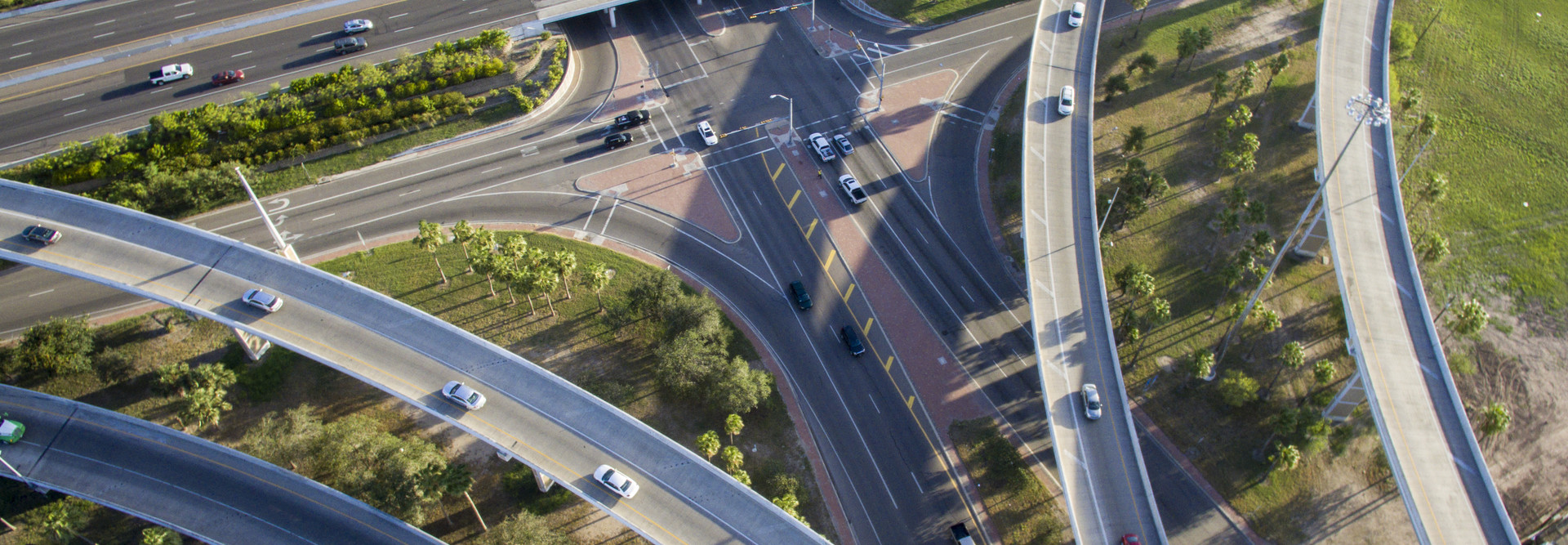Access to New Spectrum Delivers More Bandwidth to More Devices
Coleman explains that outdoor Wi-Fi 6E must use a process called automated frequency coordination to ensure that fixed satellite providers are not already occupying space in the 6-GHz spectrum.
In a separate interview with StateTech, Hardik Ajmera, vice president of product management for Extreme Networks, confirmed that AFC ensures “that you will not hamper the incumbents.”
“This will give a boost to a lot of initiatives. State and local governments have known the use cases. Now, the technology is there for those use cases to come to fruition,” Ajmera says.
As such, Extreme’s outdoor access points now suddenly have a great deal more capacity.
“The 6-GHz band supports almost twice as many channels as 5 GHz. Fewer devices, more spectrum, and more bandwidth means less interference and network congestion. Because the 6-GHz wireless band was previously unlicensed, regulators in some regions are still considering its use,” Coleman says.
Smart city projects benefit from Wi-Fi 6E’s higher bandwidth. “Speeds and feeds are definitely going up,” Coleman adds.
Cities are experimenting with more bandwidth-intensive applications, such as augmented reality. Frisco, Texas, for example, is experimenting with an AR app that allows citizens to navigate parks to discover information about walking trails, wildlife and other elements of the environment.
“A very important metric moving forward in the next five years is going to be latency,” Coleman says. “Wi-Fi is always trying to get a little bit better, and Wi-Fi 7 is making some adjustments to enhance latency.”
“In applications like AR/VR, latency is important because if there’s too much of a delay, you can get physically sick,” he says.
Smart City Projects Benefit from More Bandwidth and Less Latency
For cities such as Pharr and other municipalities, video analytics often run in the cloud. Analytics can help law enforcement quickly pinpoint suspicious activities or track suspects, among other things.
Now, with outdoor Wi-Fi 6E, video analytics may be conducted at the edge more often in the future, Coleman suggests. “More edge processing may be occurring on a switch or a container on an access point. Video and voice will benefit from a reduction in latency.”
Roughly 70 to 80 percent of all ingress data through a network comes through Wi-Fi — as devices such as video surveillance cameras collect that data and transmit it, Coleman says.
“In the future, we will take insights gathered from the applications and the data flowing through the APs and correlate that with Wi-Fi data. You can start talking about doing some very powerful things,” he says.
The enhanced power of edge devices flows from access to the 6-GHz spectrum, which can be accessed by Wi-Fi 6E- and Wi-Fi 7-enabled devices, Coleman says. “It’s a paradigm shift.”
When customers ask if they should adopt Wi-Fi 6E or Wi-Fi 7, Coleman says they must act to tap into the power of 6-GHz Wi-Fi connectivity.
“The analogy that I use for 6-GHz, which started with Wi-Fi 6E, is not only did you buy a new car, but you also bought a new highway. And it’s an exclusive highway that not a lot of people are using. And it’s a wider highway,” he says.
“You get that with Wi-Fi 6E and you get that Wi-Fi 7. If a city government is due for a refresh, it can future-proof itself by making sure the infrastructure has a 6-GHz radio. If they get Wi-Fi 6E, fine, and if they get Wi-Fi 7, fine. Either way, they will be fine.”











